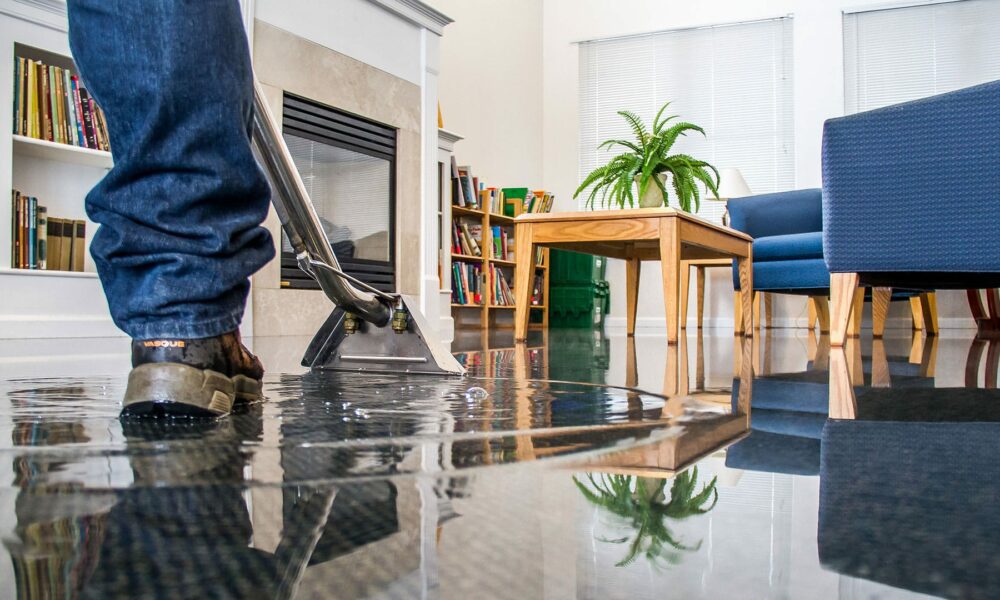
The timeline for water damage to manifest its effects varies depending on several factors, including the source of water, the affected materials, the humidity levels, and the speed of response in addressing the issue. Water damage can have both immediate and long-term consequences, making prompt mitigation crucial. If you wonder about the average time for water damage to work, read on.
- Immediate Effects
Within Minutes: Water begins to spread rapidly upon contact with surfaces, saturating porous materials like wood, drywall, and fabrics. It can also reach electronic devices, causing potential short-circuits and damage.
Within Hours: Furniture and wooden structures may start to swell, warp, and crack. Paint on walls and ceilings can blister and bubble. Unsealed laminate flooring can delaminate.
- Short-Term Effects (24-48 hours)
1-2 Days: Mold spores, already present in the air, can begin to grow on damp surfaces. Musty odors might become noticeable. If not addressed, mold can spread and cause further damage.
- Medium-Term Effects (Days to Weeks)
2-7 Days: Mold growth becomes more pronounced and visible on affected surfaces. The structural integrity of materials like drywall and wood can weaken. Electronics that were exposed to water might fail or show signs of malfunction.
- Long-Term Effects (Weeks to Months)
1-2 Weeks: Mold can cause staining, discoloration, and deterioration of materials. In severe cases, structural damage might become evident, requiring costly repairs.
Several Weeks to Months: Chronic moisture and mold growth can lead to health issues for occupants, particularly respiratory problems and allergies. Prolonged exposure to mold can exacerbate these conditions over time.
- Preventive Measures
To prevent the negative effects of water damage, taking swift action is vital:
- Identify and stop the source of water intrusion.
- Begin water extraction, drying, and dehumidification as soon as possible.
- Remove wet or damaged materials to prevent further spreading of moisture and mold growth.
- Ensure proper ventilation and airflow to aid in drying.
- Use fans, dehumidifiers, and specialized equipment to expedite the drying process.
- Monitor the affected areas and perform mold testing to confirm the success of mitigation.
To sum up
It’s important to note that the timeline mentioned above is a general guideline. Depending on the specific circumstances, the effects of water damage can vary. Swift action to address water damage can significantly mitigate its impact and prevent long-term consequences. Ignoring or delaying the mitigation process can lead to more extensive damage, increased repair costs, and potential health hazards from mold growth.
